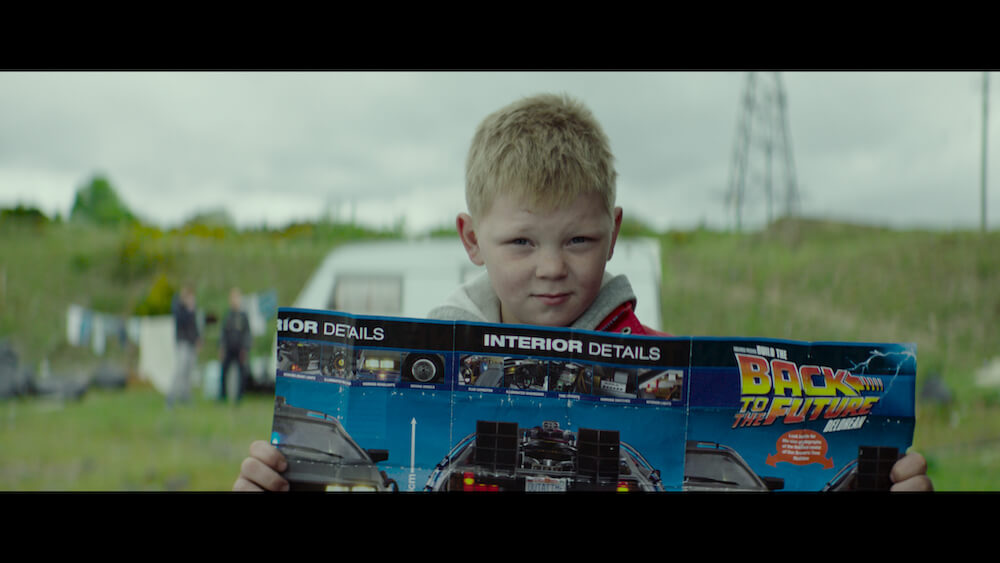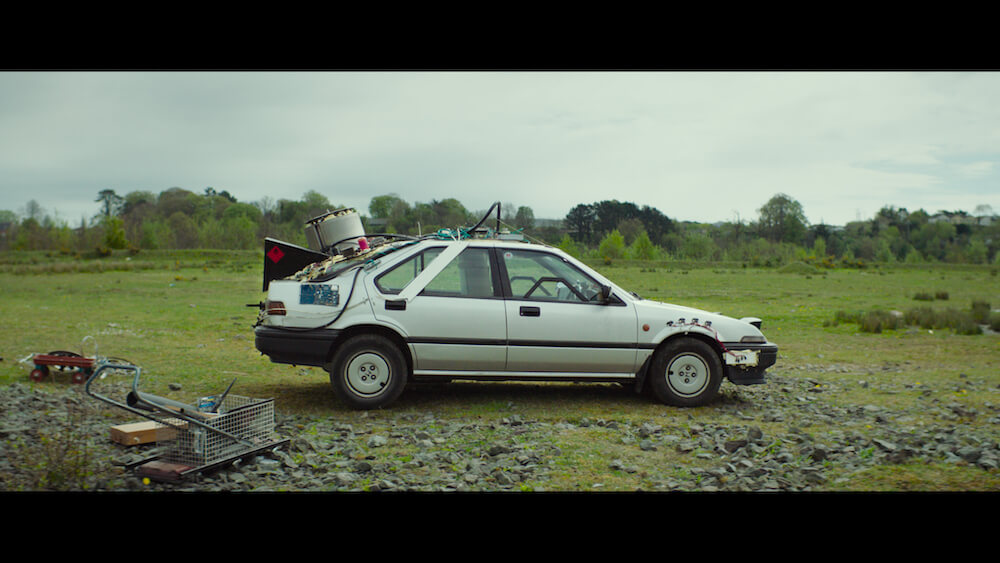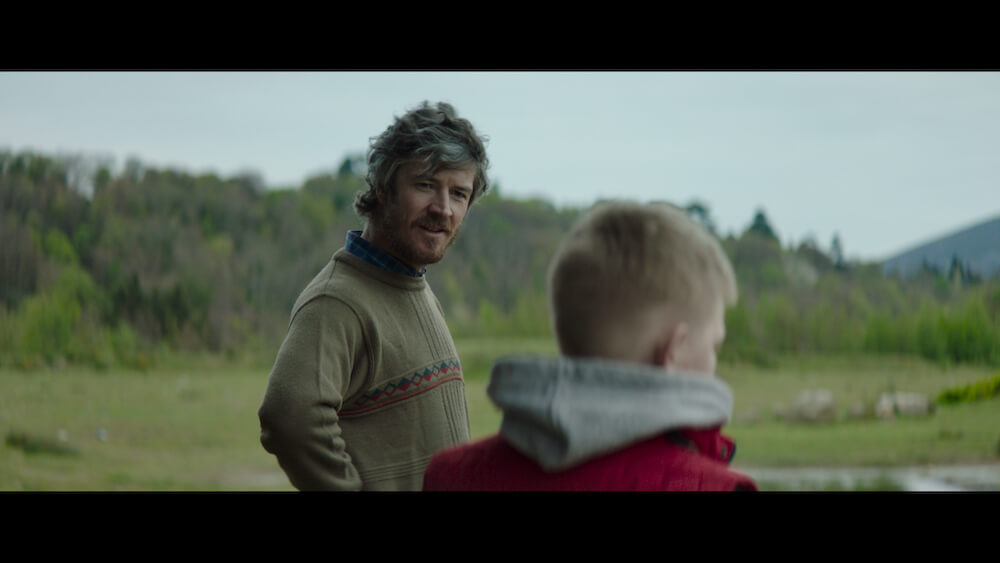Steve Kenny’s ‘Time Traveller’: An Irish Take on ‘Back To The Future’


We all have dreamed at one time or another about entering another world and making the stories we see in movies and books become real. Who honestly hasn’t clicked their heels together three times or had wished they could go through the looking-glass and have a brand new life? In Time Traveller, a boy named Martin who comes from a family of Irish Travellers wants to make a DeLorean (from scratch) in the hopes of making Back to the Future a reality, amidst family drama. We interviewed director Steve Kenny to get a firsthand look at this story.
What inspired this story?
I had wanted to tell a story set in the Travelling community for a long time. Most on-screen portrayals of Travellers tend to focus on the more sensationalist aspects of Traveller culture but we were keen to tell a story that was about family and the strength it can give in the face of adversity. Then quite separately, I’ve been obsessed with the Back To The Future films since I was a small child and the DeLorean has always occupied a fond place in my childhood memory. So when I had the idea to combine these two sensibilities, things just sort of snowballed from there and Time Traveller is the result.

Can you explain more about the family’s background?
Martin and his family are Irish Travellers which are an indigenous Irish ethnic minority group that have traditionally led a nomadic lifestyle. Although many Traveller families live in houses nowadays, many still live in caravans on either specifically designated or makeshift sites, as is the case with Martin’s family.
This way of life is frequently at odds with the rest of Irish society and as a result forced evictions by the powers at be are a common occurrence when the sites these families occupy are deemed unsuitable or when members of the public complain enough that they are moved on. However, like with Martin’s family, an alternative place for them go is rarely provided leaving the family in a homeless limbo with no support.
Can you also explain Martin’s reasons for finishing the DeLorean?
Martin is a 10-year-old boy – he’s not aware of or able to understand all of the reasons surrounding their eviction. All he wants to do is finish working on something that he’s dedicated himself to creating, something that he loves. It’s a part of who he is so when he’s told that he’ll have to give up on it, he goes into overdrive trying to finish it in the hope that doing so will keep things the way they are. Of course, this leads him to the very adult discovery that some things are beyond his control and that life can be cruelly unfair.

Why was the woman neighbour so grouchy about taking the parts?
Travellers are a frequently maligned group in Ireland and tend face a lot of discrimination as people unfairly associate them with criminality and disorder. This holds true even for Traveller children like Martin who just wants to make use of something that she is throwing out anyway. The woman lives in the same area where Martin’s family’s halting site is. People who live near these sites frequently lead campaigns to have them cleared as they don’t want Travellers living in their neighbourhoods ‘lowering the tone’ or causing trouble. It’s incredibly unfair to take these prejudices out on a little boy who isn’t doing anything wrong but sadly it’s typical of an attitude that still exists amongst a lot of people.
Without giving too much away, can you explain the significance of the box Martin was holding in the end?
The box he’s holding is his version of the Flux Capacitor. In the Back To The Future films, the Flux Capacitor is the device in the DeLorean that makes time travel possible. It is the heart of the machine essentially and for Martin, it’s a small piece of his car that he gets to keep despite the rest of it being destroyed. There is a mix of emotions as he looks at it. There is happiness in the memories it holds and the connection with his father that it represents but there’s something else there too I think is open to interpretation.

Tell us about your future projects?
I have a couple of projects in the works, chief among them being my debut feature, which is a horror-mystery set in a rural valley in the West of Ireland. I’m also developing my first TV series about a small town that becomes overrun by characters from Irish fairy folklore in the wake of the disappearance of a teenage girl.










